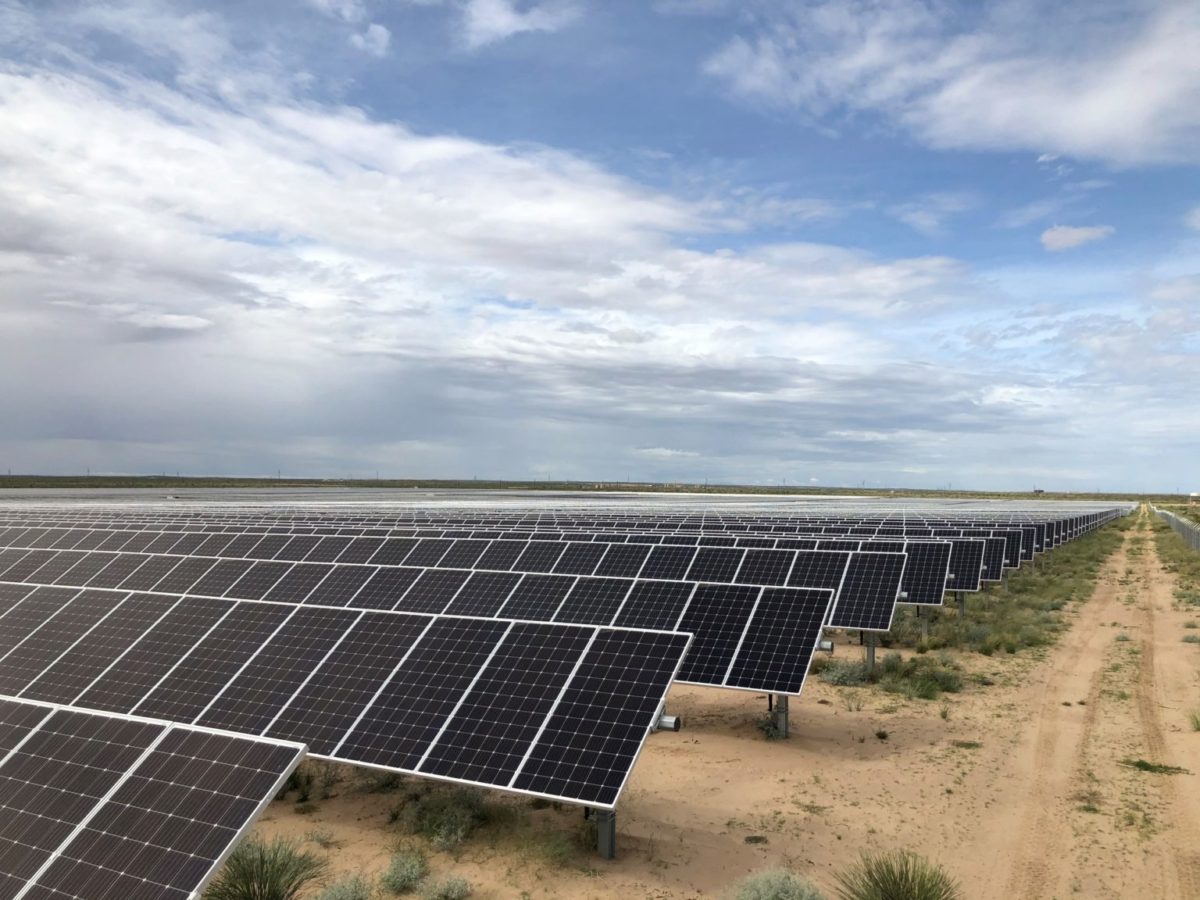From pv magazine USA
The US Department of Energy’s Lawrence Berkeley National Laboratory (LBNL) has released an analysis of full plant generation degradation of the 31GW solar power fleet in the United States. The analysis shows that total system degradation averages 1.2% per year – greater than what is projected in many observed power purchase agreements.
However, the analysis highlights two nuances in the data that paint a picture of stronger performance. First – newer (post 2014) and larger (greater than 25MW) facilities are showing only 0.7% of system-wide degradation. The second nuance in the data is that older facilities show a bump in generation in their later years. This suggests that repairs start in year seven, result in increased generation in year eight, and that performance improvements in subsequent years are sustained.
In fact, looking at year nine in the above chart – it appears that older facilities nearly reach their year one capacity factors. If this data pans out, it speaks volumes to repowering opportunities in the future.
These two data points suggest that newer and larger facilities are improving in both quality and O&M compared to their predecessors. It implies that older facilities are being upgraded or repaired by asset owners seeking to improve returns.
Popular content
Often, solar assets in the US are resold to new owners after the fifth full year of operation due to the Investment Tax Credit structure. The bump in year eight and nine may be attributed to the asset transfer occurring in year six, as analysis and repairs occur in year seven, and results show up shortly thereafter.
In “Plant-level performance and degradation of 31 GW-DC of utility-scale PV in the United States,” the researchers attempt to tease out recoverable versus non-recoverable degradation losses. Recoverable losses are defined as correctable performance issues, like soiling or tracker malfunction, while unrecoverable losses are typically due to solar module delamination or solar cell hot spots. Naturally, these losses are larger than those of solar modules alone, as modern solar panels are typically warrantied at or below 0.5% of degradation per year.
Singular events – failures of fuses, trackers, breakers, and inverters – can briefly, but dramatically cut solar power facility outputs. The author notes that inverters or breakers may cut 100% of plant output, and that fuses can cut around half of a plant’s output. Individual tracker failures and curtailment may result in a 20-30% reduction to a plant’s output.
Of course, solar modules degrade slowly, and indefinitely, thus the wide and ever increasing dark blue bar. Interestingly, when the authors modeled losses based on solar module manufacturers, they found no statistically significant differences amongst the standard silicon module manufacturers. However, plants powered by thin film products – namely First Solar – showed 30% less annual degradation.
To continue reading, please visit our pv magazine USA website.
This content is protected by copyright and may not be reused. If you want to cooperate with us and would like to reuse some of our content, please contact: editors@pv-magazine.com.


1 comment
By submitting this form you agree to pv magazine using your data for the purposes of publishing your comment.
Your personal data will only be disclosed or otherwise transmitted to third parties for the purposes of spam filtering or if this is necessary for technical maintenance of the website. Any other transfer to third parties will not take place unless this is justified on the basis of applicable data protection regulations or if pv magazine is legally obliged to do so.
You may revoke this consent at any time with effect for the future, in which case your personal data will be deleted immediately. Otherwise, your data will be deleted if pv magazine has processed your request or the purpose of data storage is fulfilled.
Further information on data privacy can be found in our Data Protection Policy.